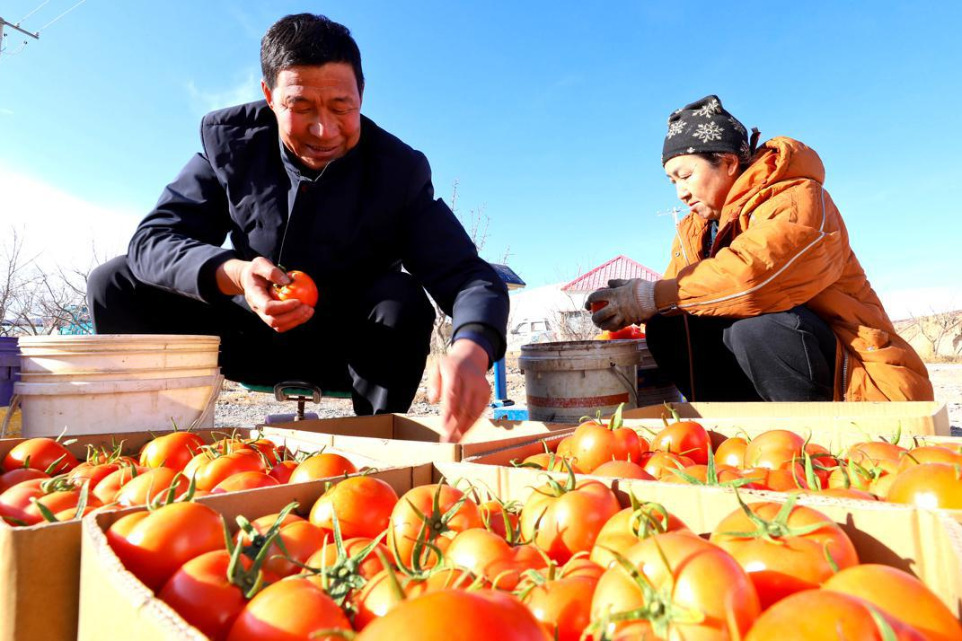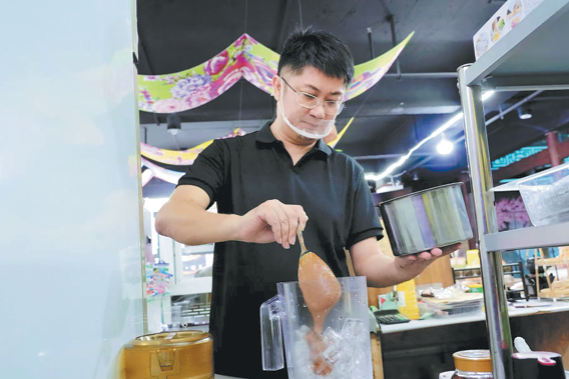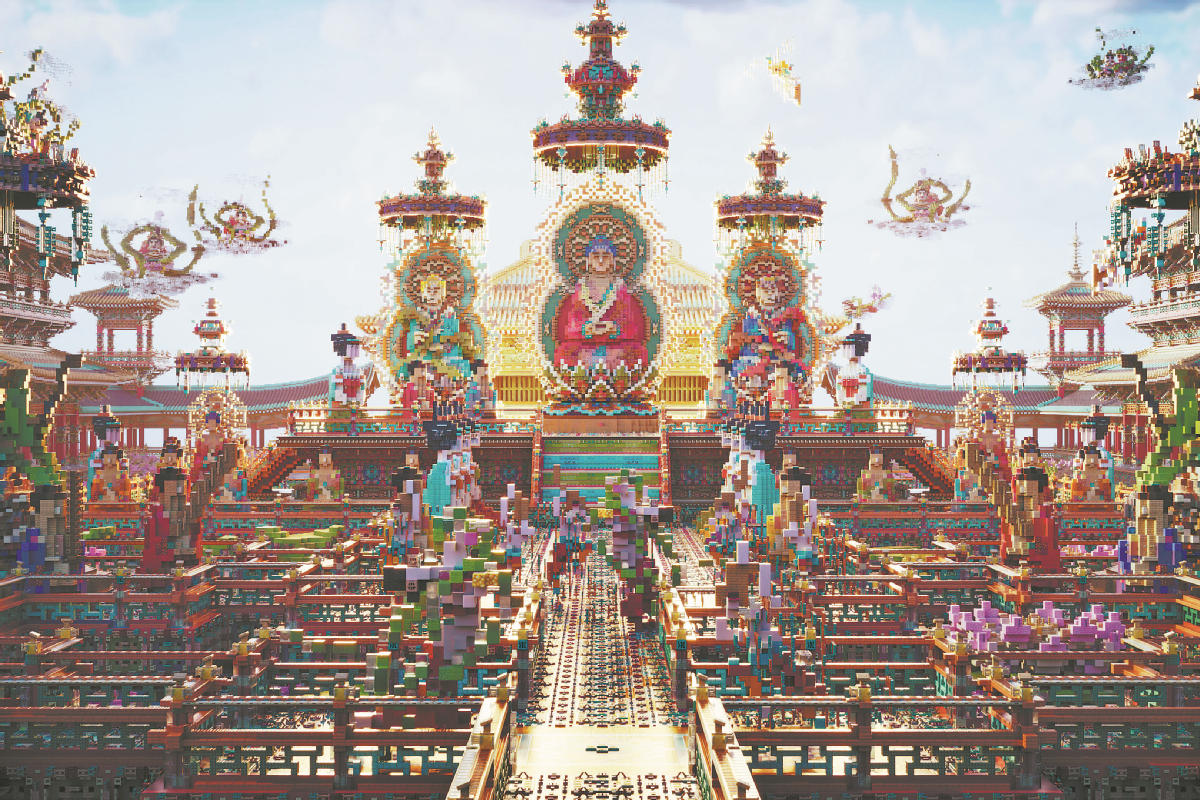Cambridge U scientists generate key life event in artificial mouse ‘embryo’


Cambridge University recently said the international research team led by the institution has developed an artificial embryo-like structure using mouse stem cells.
They had previously created a much simpler structure resembling a mouse embryo in culture, using two types of stem cells — the body's "master cells" and a 3D scaffold on which they can grow.
On Monday, they said they have developed the embryo-like structures further, using not just two but three types of stem cells which let them reconstruct a process known as gastrulation, an essential step in which the embryonic cells self-organize into the correct structure for an embryo to form.
The new research marks a further step toward creating artificial embryos that could help the research of the initial stages of human embryonic development.
Once a mammalian egg has been fertilized, it divides multiple times to generate a small, free-floating ball comprising three types of stem cells, the embryonic stem cells (ESCs) that create the future body, the extra-embryonic trophoblast stem cells (TSCs) that form the placenta, and primitive endoderm stem cells (PESCs) that form structures ensuring the proper development of the organs.
By replacing the 3D "jelly" scaffold that the team used in earlier experiments with PESCs, the researchers were able to generate structures whose development was astonishingly successful.
"Our artificial embryos underwent the most important event in life in the culture dish," adds Professor Zernicka-Goetz. "They are now extremely close to real embryos. To develop further, they would have to implant into the body of the mother or an artificial placenta."
The breakthrough brings hope to the biggest cause of infertility — embryos that cannot be implanted into wombs. For years, biologists have been trying to grow embryos from stem cells. With this new advance in medical science, an unlimited supply of embryos can be used in research.
"The new artificial embryos have experienced the most important moments of life in a petri dish, and they are now very close to a real embryo. They must be implanted in the mother or artificial placenta for further development."
The researchers say they can now better understand how the three stem cells interact to promote embryonic development, and they will also try to apply it to the equivalent human stem cells.
"Now we have a way of simulating embryonic development in the culture dish, so it should be possible to understand exactly what is going on during this remarkable period in an embryo's life, and why sometimes this process fails," added Zernicka-Goetz.
- UNIDROIT to establish Asia-Pacific office in Hong Kong
- Chinese scientists discover new fossil lungfish species
- 64 sculptors build 19-meter-tall snowman in Harbin
- Study reveals thirdhand smoke as hidden indoor air pollutants
- Meeting held to mark China National Democratic Construction Association's 80th founding anniversary
- World's largest high-speed-rail tunneling machine passes 10,000 meters beneath Yangtze





































